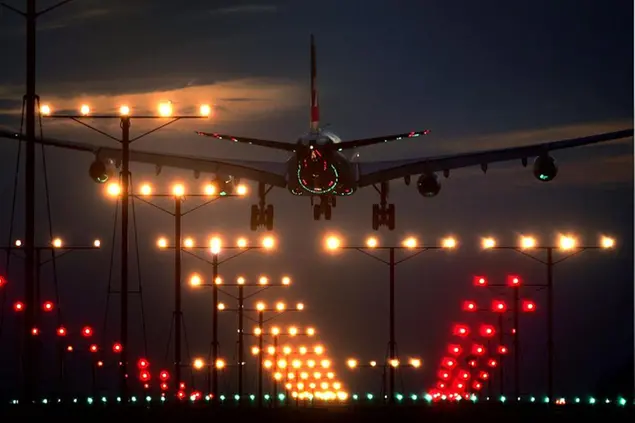PHOTO
The International Air Transport Association (Iata) has reported continued strong growth in global air cargo demand for July 2024. Cargo tonne-kilometers (CTKs) rose by 13.6% compared to July 2023, marking the eighth consecutive month of double-digit year-on-year growth.
This surge brings levels close to the record highs of 2021. Capacity, measured in available cargo tonne-kilometers (ACTKs), increased by 8.3%, driven by a 12.8% rise in international belly capacity and a 6.9% growth in freighter capacity. Notably, the increase in belly capacity was the lowest in 40 months, while freighter capacity saw its highest growth since January 2024.
"Air cargo demand hit record highs year-to-date in July with strong growth across all regions. The air cargo business continues to benefit from growth in global trade, booming e-commerce and capacity constraints on maritime shipping.
"With the peak season still to come, it is shaping to be a very strong year for air cargo. And airlines have proven adept at navigating political and economic uncertainties to flexibly meet emerging demand trends," says Willie Walsh, Iata’s director general.
Several factors in the operating environment should be noted:
• In July, the Purchasing Managers Index (PMIs) for global manufacturing output indicated expansion at 50.2. Meanwhile, the global new export orders PMI continued to hover below the 50-mark at 49.4, a marker for contraction.
• Industrial production stayed level in July month-on-month and global cross-border trade increased 0.7%.
• Inflation remained relatively stable in July in the US, Japan, and the EU, with inflation rates of 2.9%, 2.8%, and 2.8%, respectively. Meanwhile, China’s inflation rate increased 0.3 percentage points to 0.6%, the highest level in five months.
July regional performance
African airlines saw 6.2% year-on-year demand growth for air cargo in July – the lowest of all regions and their lowest recorded figure in 2024.
Demand in the Africa–Asia market increased by 15.4% compared to July 2023. July capacity increased by 10.5% year-on-year.
Asia-Pacific airlines saw 17.6% year-on-year demand growth for air cargo in July – the strongest of all regions. Demand for the Within-Asia trade lane grew by 19.8% year-on-year, while the Europe-Asia, Middle East-Asia, and Asia-Africa trade lanes rose by 17.9%, 15.9% and 15.4% respectively. Capacity increased by 11.3% year-on-year.
North American carriers saw 8.7% year-on-year demand growth for air cargo in July. Growth was hampered in part by flight cancellations and airport closures in the US and the Caribbean in relation to Hurricane Beryl. Demand on the Asia-North America trade lane, the largest trade lane by volume, grew by 10.8% year-on-year, while the North America-Europe route saw a modest increase of 5.3%. July capacity increased by 7.0% year-on-year.
European carriers saw 13.7% year-on-year demand growth for air cargo in July. The Middle East–Europe trade lane led growth, up 32.2%, maintaining a streak of double-digit annual growth that originated in September 2023. The Europe–Asia route, the second largest market, was up 17.9%. Within Europe also saw double-digit growth, up 15.5%. July capacity increased 7.6% year-on-year.
Middle Eastern carriers saw 14.7% year-on-year demand growth for air cargo in July. As mentioned above, the Middle East–Europe trade lane performed particularly well surging 32.2%, ahead of Middle East-Asia which grew by 15.9% year-on-year. July capacity increased 4.4% year-on-year.
Latin American carriers saw 11.1% year-on-year demand growth for air cargo in July. As with North American carriers, growth was hampered in part by flight cancellations and airport closures in the US and the Caribbean related to Hurricane Beryl. Capacity increased 9.4% year-on-year.
All rights reserved. © 2022. Bizcommunity.com Provided by SyndiGate Media Inc. (Syndigate.info).
